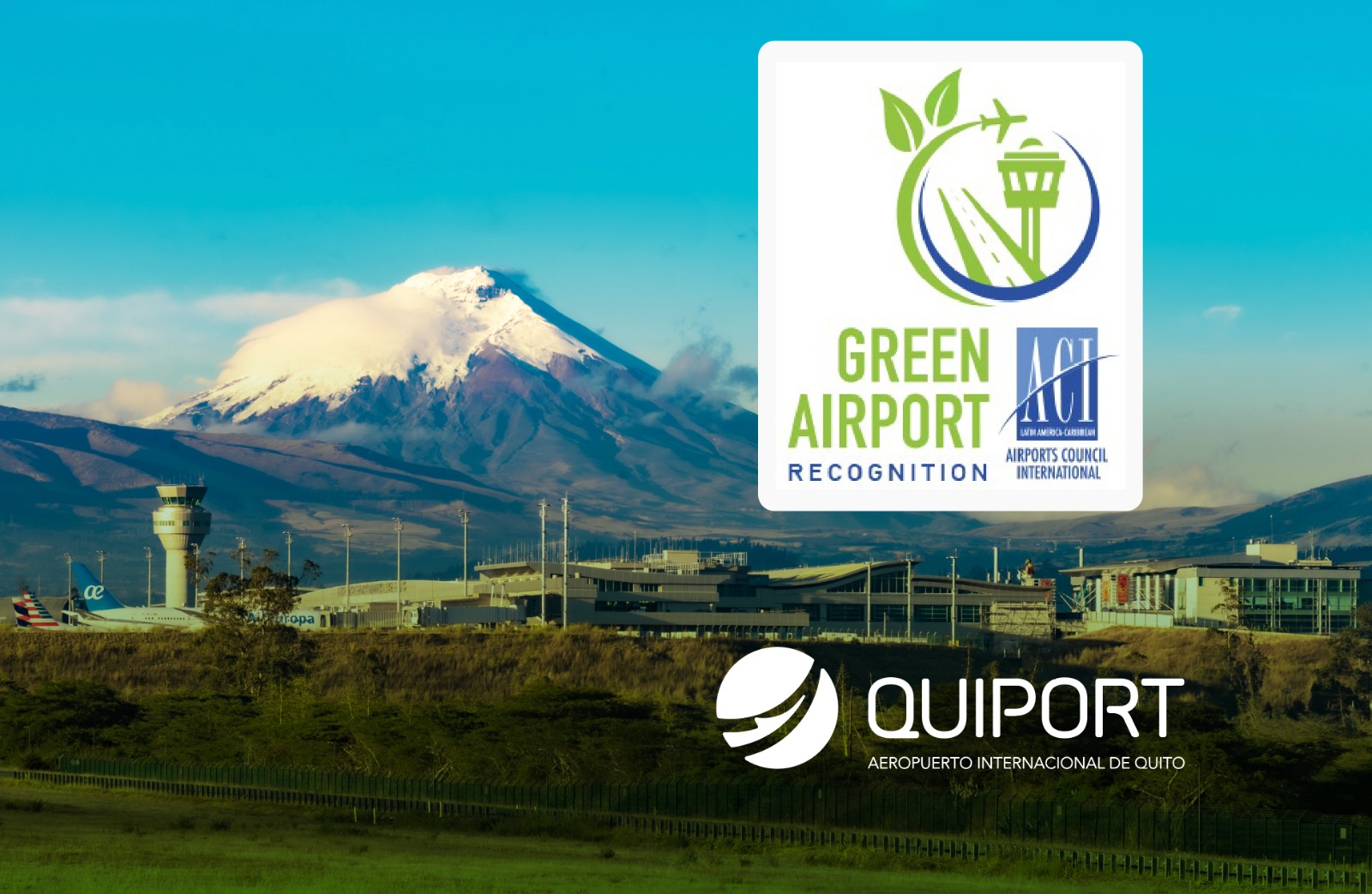Quito’s Mariscal Sucre International Airport received the Green Airport Recognition 2025, awarded by the Airports Council International for Latin America and the Caribbean (ACI-LAC), thanks to an innovative project developed by Corporación Quiport, titled Laboratorio Natural UIO (UIO Natural Laboratory), which transforms part of the airport premises into a living space for conservation, restoration, and science.
A natural laboratory inside the airport
The Laboratorio Natural UIO spans 150 hectares within the airport’s concession area, where biodiversity is protected, restored, and studied in harmony with air operations. Quiport has developed this pioneering model at Mariscal Sucre — the first of its kind in Ecuador and one of the few in the world to achieve safe coexistence between wildlife and aviation.
Unlike the traditional airport approach — which seeks to keep animals away for safety reasons — Quito has demonstrated that nature can coexist harmoniously with air operations when there is proper planning, scientific monitoring, and responsible environmental management.
What happens inside the Laboratorio Natural UIO?
• Ecological restoration: Over the past decade, 72 hectares of Andean dry forest have been restored with native species, capturing around 400 tons of CO₂ per year and regenerating essential ecosystem services.
• Biodiversity: More than 100 species have been recorded, including endemic and threatened ones such as the Quito marsupial frog, the Andean rabbit, and Soderstrom’s harvest mouse.
• Applied research: Camera trap and satellite monitoring studies confirmed the presence of the Andean fox, with home ranges of up to 7.8 km², showing that the airport serves as a safe refuge for native species
• Operational safety: The presence of raptors, such as owls, contributes to the natural control of rodents, reducing runway risks and demonstrating that surrounding wildlife can safely coexist with aviation.
• Rehabilitation and release: In coordination with the environmental authority, over 160 rescued wild animals — including birds, mustelids, and snakes — have been released in this area over the past two years.
• Education and participation: Airport staff and nearby communities participate in citizen science and wildlife observation programs, strengthening the link between conservation and air operations.



